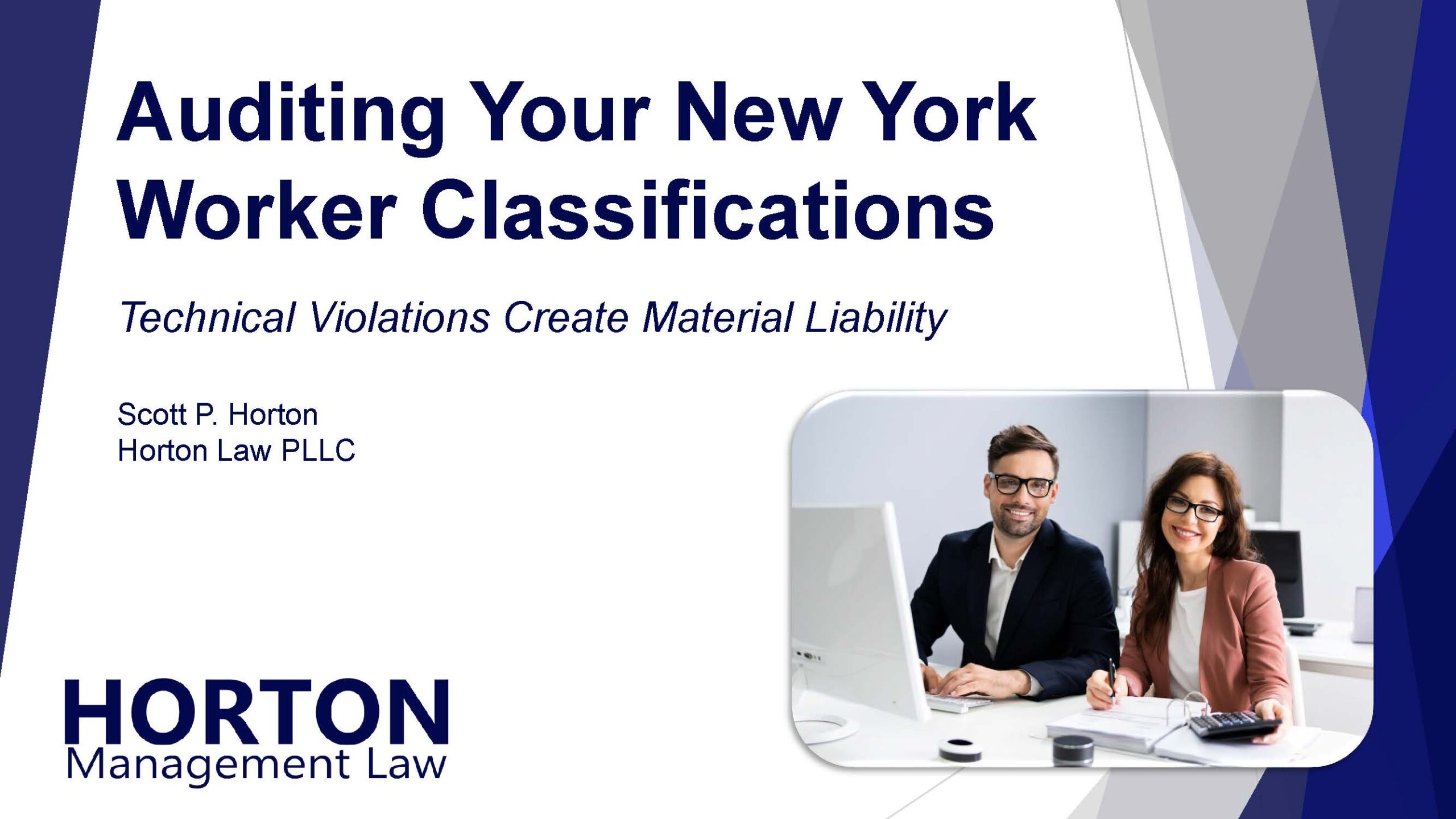On August 30, 2023, the Wage and Hour Division of the U.S. Department of Labor announced its intention to propose significant increases in the compensation required for several common minimum wage and overtime exemptions. If adopted following public review and comment, the FLSA exemption threshold for the administrative, executive, and professional exemptions would increase by more than 50% over the current salary requirement. The proposal also seeks an automatic adjustment every three years. In addition, the pay required to qualify for the FLSA’s “highly compensated employee” exemption would also increase substantially.
FLSA Minimum Wage and Overtime Requirements
The Fair Labor Standards Act applies to most employers across the United States. It generally requires that employees receive a minimum wage of at least $7.25 per hour and then receive overtime at time-and-a-half the employee’s regular rate for hours worked beyond 40 in a week. However, there are various exceptions and exemptions from those requirements.
Note that many states and some localities have additional minimum wage and overtime requirements. Employers are often subject to and must comply with both the FLSA and the applicable state/local standards.
“White-Collar” Exemptions
The FLSA permits a series of so-called “white-collar” exemptions that employers commonly rely on in structuring compensation for certain, typically non-manual, workers. The most generally applicable of these are known as the administrative, executive, and professional exemptions.
Under the FLSA, each of these exemptions has a salary basis requirement. To qualify for the exemption, an employee must be paid a salary that usually doesn’t vary based on how much the employee works in a given week.
Currently, the minimum salary for these exemptions is $684 per week ($35,568 annualized).
Proposed FLSA Exemption Threshold
The U.S. DOL has the authority to issue regulations interpreting the FLSA, including its exemptions. The salary requirement has historically been implemented through such administrative rulemaking.
The DOL has now proposed to base the salary requirement on the 35th percentile of weekly earnings of full-time salaried workers in this lowest-wage U.S. Census Region. The South is traditionally and currently the lowest-wage region.
Based on this method, the new FLSA exemption threshold would be $1,059 per week ($55,068 annualized). However, the DOL’s proposal indicates in a footnote that the actual threshold upon adoption of a final rule could be higher. Since some time will pass before the rule is finalized, the 35th percentile earnings in the South may increase. The DOL notes that given its current projection for future quarterly earnings data, the new weekly salary threshold could be up to approximately $100 higher than $1,059 upon adoption.
The proposal would also impose automatic updates to the salary requirement. The DOL would change the amount every three years to maintain the 35th percentile standard.
Highly Compensated Employee Threshold
The administrative, executive, and professional exemptions are not based solely on compensation. Employees’ duties must also meet particular standards. However, the FLSA recognizes an alternative potential exemption for some employees who do not fully meet the duty requirements of the other white-collar exemptions.
Currently, the “highly compensated employee” exemption could apply to an employee who makes a salary of at least $684 per week and overall qualifying annual compensation of at least $107,432.
As proposed, the new DOL rule would tie the overall annual compensation requirement to the 85th percentile of full-time salaried workers nationally. Based on current earnings statistics, that would initially be $143,988. Like the standard exemption salary threshold, this bar would also be subject to automatic updates every three years.
Rulemaking Process
Once the DOL’s proposal is formally published in the federal register, the public will be afforded at least 60 days to submit comments. After the comment period ends, the DOL can move forward with a final rule change. The new rule could be exactly what is currently proposed or include some revisions.
Given the necessary rulemaking timeline, it is unlikely the FLSA exemption threshold would change before 2024.
Potential Litigation
The last time the DOL tried to include automatic indexing of the FLSA exemption threshold, it was challenged in the courts and ultimately never took effect. Similar lawsuits will presumably be filed in response to the DOL’s current attempt to increase the salary requirement. The outcome of those cases cannot be as reliably predicted.
Impact of Proposals
The practical impact of the potential increases will vary depending on an employer’s circumstances. Some states already have higher exemption thresholds than what the DOL seeks here. Some companies already pay most exempt employees beyond this level. Nonetheless, many would need to either re-classify employees as non-exempt or increase their salaries, potentially significantly.
Even where the initial jump to $1,059 (or more) per week is not particularly problematic, the prospect of automatic indexing could be more so. This approach would almost certainly result in meaningful increases every three years. Notwithstanding other economic factors, some employers would raise salaries to meet the new higher thresholds, putting upward pressure on average weekly wages nationwide (and perhaps especially in the South, where fewer states currently impose thresholds beyond the FLSA level). As a result, it almost necessarily will become more expensive over time to maintain these exemptions.
For more employment law updates, sign up for the Horton Management Law email newsletter and follow us on LinkedIn.


